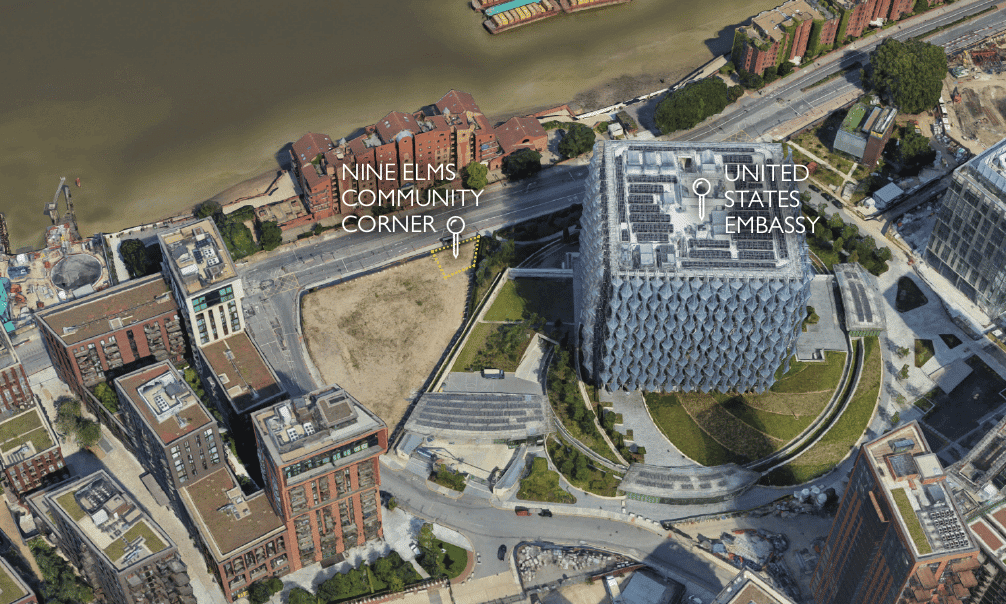Unlocking Social Value in the Built Environment
Trainee Solicitor Beth Ellis got to grips with what planning is really about when she spoke to Wesley Ankrah and Georgia Bird from Dominvs Group about social value in the built environment.
In the wake of COP27, environmentally conscious development continues to be on the forefront of the planning agenda in both the public and private sector. However, in the world of real estate and development, it is perhaps equally as important to consider the social impact that such projects can – or could – have on their surrounding communities, particularly in light of the requirement to demonstrate robust “ESG” credentials. So, when considering “ESG” in development, what does the “S”, social value, look like in practice and is it worth the investment?
What is social value?
According to Social Value UK, ‘social value’ describes the ‘value that people place on the changes they experience in their lives’. In the built environment, this relates to the impact that development has on the social, economic and mental wellbeing of not only those that are directly affected by the project but also the wider community. This impact can potentially be huge.
I caught up with Wesley Ankrah and Georgia Bird from Dominvs Group to find out what social value means to them and how they have integrated social value into every stage of the Dominvs development process.
Why does social value matter?
Whilst there is some law and policy relating to social value – for example, the Public Services Act 2012 (aka ‘Social Value Act’) and, in planning, the NPPF Sustainable Development policy – arguably the most impactful social value is created when those involved in the development process are proactive and innovative in its implementation beyond what is required by law or policy.
When I asked Wesley and Georgia about the commercial advantages of socially conscious development, they stressed that social value is shared value. Where local authorities, developers and communities are all affected by and/or involved in changes to the built environment, there is value to be found for all stakeholders involved. For example, when developers integrate community needs into either design or associated community projects, this allows for a smoother, more collaborative planning process with the local authority whilst also attracting funding.
Where investors are becoming increasingly conscious of ‘future-proofing’ their portfolio, a focus on social impact is essential and, if done well, provides a competitive advantage – a benefit that Wesley explains Dominvs Group have experienced following the successful implementation of their social value projects. It was also highlighted to me how such projects have opened opportunities for the Group’s various business partners, for example, where Dominvs have involved partnered architects and even insurance firms. This shared benefit also attracts business partners and helps to strengthen business relationships.
As for community benefit, development in the built environment can significantly impact communities and the strategies implemented are critical in the face of the recently worsening social and spatial inequalities relating to the ‘housing crisis’ and the current geopolitical climate. Consequently, the communal impact that well-considered developments can have is important and, if done well, can help to support and empower communities in a sustainable way.
I was given real examples of the impact that social value projects can have by taking a look at some recently delivered by Dominvs Group.
How can social value be integrated into the development process?
From the community gardens (pictured below) to architecture workshops to art installations, Dominvs Group aims to ensure that social value is integrated into every stage of the development process.

Photo courtesy of Dominvs Group information brochure.
A development that has particularly demonstrated continuous community engagement in a variety of ways is the scheme on Plot A07 at Nine Elms Lane. Dominvs engaged with various community groups not only through sponsorship of local programmes but also by allocating a corner of the site for creative and social projects (pictured below). This engagement spanned the entirety of the development process, beginning with the installation of an art exhibition at the site and continuing throughout development with sponsorship of Nine Elms Arts Ministry projects.
The scheme at Nine Elms Lane empowered local artists, brought the local community together and offered a space for people to connect and develop their personal and professional aspirations. Matt’s Gallery – a community group local to the site – perhaps captured the ongoing impact that such projects can have when they expressed how “working on this site really let [them] plug into local community in a special way. [They] made links with new neighbours and started conversations that will go on as [they] move into [their] new home in the coming months.”

‘Nine Ems – Impact Sheet’, Dominvs Group 2022. Photo courtesy of Dominvs Group information brochure.
Does social value cost - or pay?
Whilst Dominvs do provide quantitative data to demonstrate the impact of their social value schemes, Wesley and Georgia were very keen to stress that social value cannot be truly measured by numbers alone. Financial proxies “are not currently robust enough” to accurately reflect the true impact of a project or development. Despite this, the Social Value Portal’s National Themes, Outcomes and Measures (TOMS) framework and the Housing Association Charitable Trust (HACT) Social Value Bank wellbeing valuation analysis methodology can be used to give some indication of impact. By way of example, Dominvs used both of these frameworks to calculate that their scheme at Nine Elms Lane generated £83,617.75 worth of social value for the local community and the participating groups but stressed that it was the pictures and quotations showing the true community impact that made the greatest impression on investors and board members.
It also became clear that effective social value projects do not necessarily require great financial investment. Partnering with existing business partners on various projects – for example, to deliver architecture workshops to disadvantaged children who may not have otherwise been inspired to pursue such a career – is a cost-efficient way to engage with the community whilst utilising existing relationships. Again, this approach demonstrates the “shared value” in social value.

Photo courtesy of Dominvs Group information brochure.
Of course, as previously mentioned, there are also commercial benefits to be found on the marketing front and in the development of business relationships when social value projects are delivered effectively, are publicised transparently and involve genuine collaboration with communities and local authorities – building trust and understanding which enables a fruitful collaboration between stakeholders, allowing for cost and time efficiency in the planning process. Notably, in Wesley’s words, social value projects must always be focused on “assuring integrity” in order to reap such benefits.
The companies and organisations involved in the development of the built environment are in the position to effect great social change at a time when community collaboration has never been more important. We were pushed by the pandemic to reconsider the way we think about our communities and, when inequality runs deeper and housing is scarcer, the real estate market has the potential to change the way we develop our towns and cities towards a more socially sustainable future.
Enjoy That? You Might Like These:
articles
events
articles

